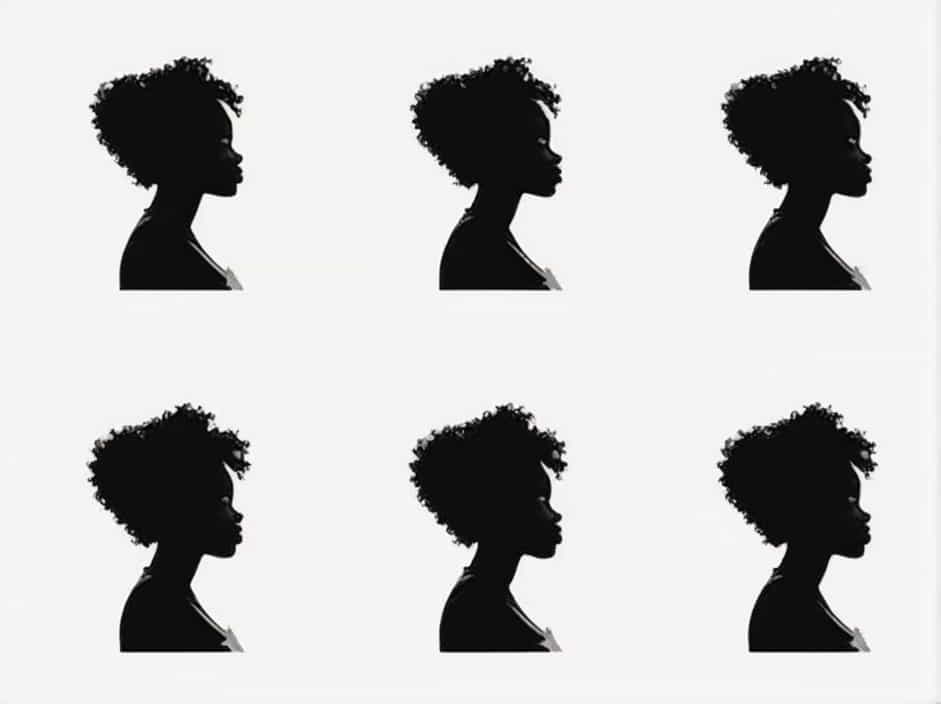Throughout history, artists have used narrative scenes to tell stories through visual composition. These scenes, often crowded with figures and intricate details, capture moments of history, mythology, religion, and daily life. From medieval manuscripts to Renaissance masterpieces and modern illustrations, detailed narrative paintings engage the viewer and offer a rich, immersive storytelling experience.
This topic explores how narrative art has evolved, the techniques artists use to create crowded, dynamic compositions, and some of the most famous examples in history.
The History of Narrative Art
1. Early Narrative Depictions
Narrative art dates back to ancient civilizations, including Egyptian tomb paintings, Greek vases, and Roman frescoes. These works often depicted mythological or historical events in a linear fashion, guiding the viewer through a story.
2. Medieval and Renaissance Narrative Art
During the Middle Ages, illuminated manuscripts and religious altarpieces featured detailed storytelling scenes. By the Renaissance, artists like Hieronymus Bosch, Pieter Bruegel the Elder, and Leonardo da Vinci revolutionized narrative art by filling their paintings with multiple figures, expressive gestures, and symbolic elements.
3. Baroque and Romanticism: Drama and Emotion
The Baroque period saw an increase in theatrical compositions, with artists like Caravaggio and Rubens using dramatic lighting and movement to enhance storytelling. Romanticism later brought emotional depth and grandeur to historical and literary scenes.
4. Modern and Contemporary Narrative Art
Even in the modern era, narrative art remains relevant. From Diego Rivera’s murals depicting social struggles to graphic novels and street art, detailed narrative scenes continue to captivate audiences.
Elements of Narrative Scenes with Crowded Figures
1. Composition and Layout
A successful narrative painting must organize multiple figures and elements in a way that guides the viewer’s eye across the scene. Artists use techniques such as:
- Diagonal lines to create movement
- Foreground and background separation for depth
- Overlapping figures to suggest interaction
2. Expressive Figures and Gestures
Crowded narrative scenes rely on human expressions and body language to communicate the story. Artists carefully depict:
- Facial expressions to show emotion
- Hand gestures to indicate action or dialogue
- Group dynamics to emphasize relationships between characters
3. Symbolism and Hidden Details
Many narrative paintings contain hidden messages and symbolic objects that enrich the story. Some common symbols include:
- Skulls and hourglasses to represent mortality
- Animals and plants with religious or mythological meanings
- Architectural elements to indicate time and place
4. Use of Light and Color
Light and color play a crucial role in directing focus within a crowded composition. Artists use:
- Bright colors to highlight important figures
- Chiaroscuro (light and shadow contrast) for drama
- Atmospheric perspective to create depth
Famous Narrative Paintings with Crowded Scenes
1. The Garden of Earthly Delights – Hieronymus Bosch
This triptych painting is filled with bizarre creatures, surreal landscapes, and hundreds of figures engaging in mysterious activities. Bosch’s chaotic yet detailed storytelling has fascinated viewers for centuries.
2. The Wedding at Cana – Paolo Veronese
One of the largest and most detailed Renaissance paintings, this work features over 130 figures in a grand banquet scene. Each character has unique expressions and interactions, making it a masterpiece of composition.
3. The Triumph of Death – Pieter Bruegel the Elder
Bruegel was known for his crowded, narrative-heavy paintings, and this grim depiction of death’s impact on society is filled with symbolism, chaos, and eerie detail.
4. Guernica – Pablo Picasso
Though modern in style, Picasso’s Guernica is an example of a crowded narrative composition. The fragmented, overlapping figures convey the horror of war, creating a visually intense storytelling experience.
Why Are Crowded Narrative Scenes So Captivating?
1. They Tell a Complete Story in a Single Image
Unlike literature or film, narrative paintings capture an entire story in one frame, allowing viewers to analyze and interpret multiple layers of meaning.
2. They Engage the Viewer’s Curiosity
Detailed paintings encourage exploration—viewers can return to the same artwork and discover new elements each time.
3. They Reflect Cultural and Historical Contexts
Narrative paintings provide a snapshot of history, showcasing the values, events, and concerns of the time in which they were created.
Narrative scenes crowded with figures and details are a timeless artistic tradition. They immerse the viewer in a visual story, offering layers of complexity, symbolism, and emotion. From Bosch’s surreal worlds to Bruegel’s social commentary and modern artistic expressions, crowded compositions remain a powerful way to communicate ideas and emotions.
Art continues to evolve, but the power of detailed narrative storytelling remains as strong as ever.
